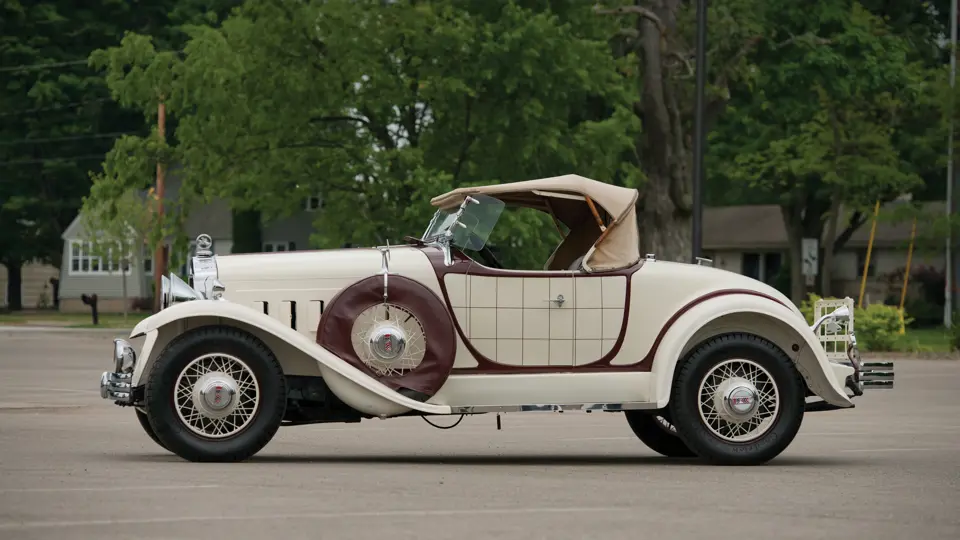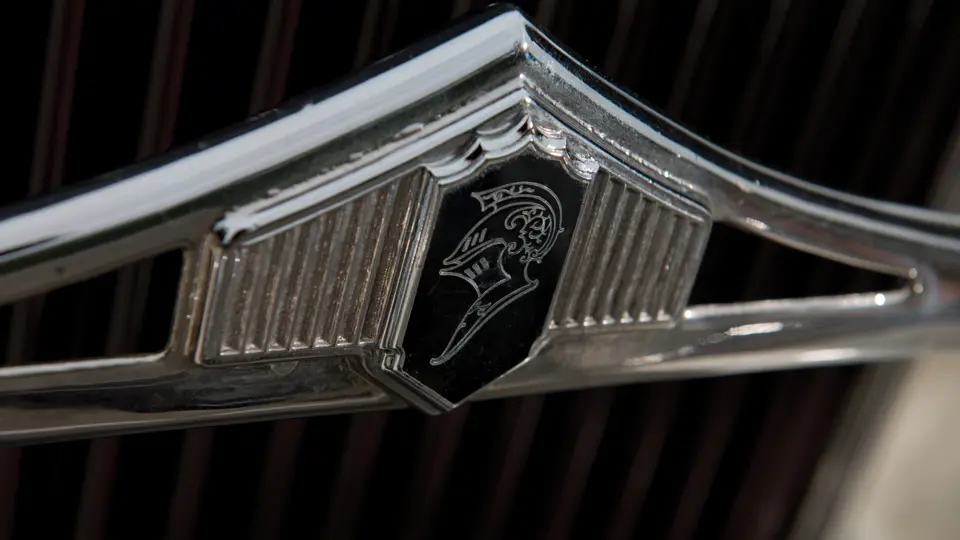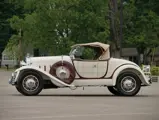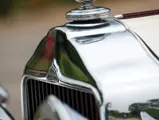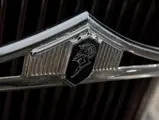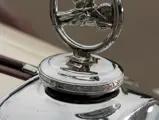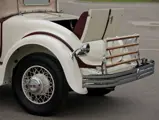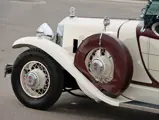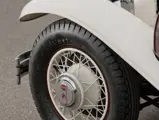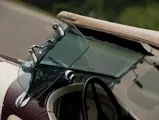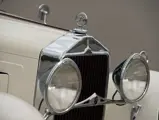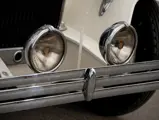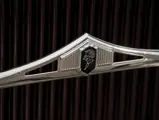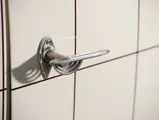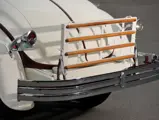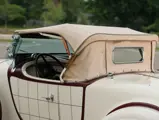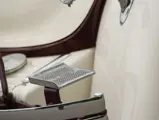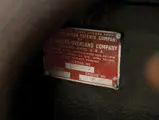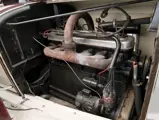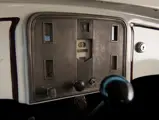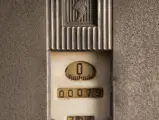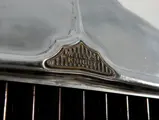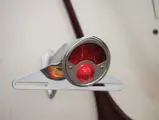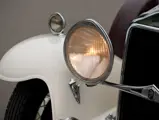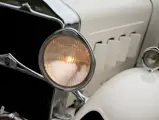
1930 Willys-Knight 66B 'Plaidside' Roadster by Griswold
{{lr.item.text}}
$100,000 - $150,000 USD | Not Sold
{{bidding.lot.reserveStatusFormatted}}
- An iconic American roadster of the Jazz Age
- One of only 13 known survivors; a CCCA Full Classic
- Known history from new; over 40 years of single-family ownership
- Accompanied by original brochures and fascinating correspondence
87 hp, 255 cu. in. inline Knight sleeve-valve six-cylinder engine, three-speed manual transmission with synchromesh, front and rear leaf-spring suspension with Watson Stabilators, and four-wheel mechanical brakes. Wheelbase: 120 in.
In 1913 the Willys-Overland was the number two selling automobile in America, just behind Ford. That same year, John North Willys was told by his doctor that he had been working far too hard and should either go abroad or to a sanitarium. Not surprisingly, Willys choose Europe, but he could not stray far from his work. While there, he met Charles Yale Knight. Knight had invented an engine with sleeve valves rather than the usual poppet valves. Willys was neither a mechanic nor an engineer by any means, but he was a helluva salesman, and he saw potential in the sleeve valve’s novelty and promotional possibilities. The sleeve valves were much quieter when operating, but they had a propensity to burn more oil. Ultimately, poppet valves won out, and since 1914 Willys-Overland produced more Knight-engined cars than virtually all other manufacturers in the world combined.
Although the Willys-Knight was within the middle-market range, Willys couldn’t resist giving his namesake car an upscale edition. The car was introduced at the 1929 New York Automobile Show and styled by designer Amos Northup, who was better known for styling the handsome Reo Royale. It was Northup who gave the car its distinctive grid work on the doors, which the New York press labeled “Plaidside,” and the name stuck. Some 400 of the cars were produced, all with bodywork by Griswold of Detroit, but only 13 survivors are known, according to the Willys-Overland-Knight Registry.
ROLLAND BREED’S PLAIDSIDE ROADSTER
Decades before the desirability of these cars became well-known to enthusiasts, they were appreciated by a handful of lovably eccentric gents who rescued those 13 survivors from oblivion and carefully ministered to their smooth, silent Knight engines and attractive styling. Among those men was John A. Weierman, of Ogdenburg, New York, who found chassis number 48892 in the 1940s and carefully restored it in Polo White with Saddle Brown striping.
When writing to Rolland Breed, of Crookston, Minnesota, Mr. Weierman stated that “this car has won prizes at every local and Northern N.Y. Auto Meet. I’ve set a price of $800.00 on this car.” Breed was further informed that the car had been originally purchased at the 1930 New York Auto Show at Madison Square Garden by a doctor in Messena, New York. Mr. Breed, with attention to detail typical of the man, proceeded to correspond with several persons in the Messena Chamber of Commerce, who indicated that it had, indeed, been owned by a local physician, Dr. Charles F. Praire, who had bought it off the floor at the show. The car’s distinctively unforgettable design and rarity mean that it is very unlikely that there were two Plaidsides in Messena, and thus, the history of this particular example is known back to its original owner.
A decade after their initial inquiry to John Weirman, Mr. Breed and his wife, Elba, elected to purchase the Roadster in 1959, and after the purchase, they proceeded to restripe it in maroon and install complementary new upholstery, replacing what was, at the time, the original leather. The Breeds dearly loved this car, which served them faithfully for some two decades of ownership. When the Willys-Overland-Knight Registry’s Knight-Overland Starter ran a special article on the 66B in their January/February/March 1974 issue, the Breed Plaidside was featured. At the time it had traveled fewer than 20,000 original miles.
Mr. Breed passed away in 1976, and the car was inherited by his daughter, Loralee Lopez. Even though she was offered $18,000 at the estate auction, she could not part with her father’s beloved automobile, and when the estate was settled, the car was relocated to her home in Ridgecrest, California. In the early 2000s Mrs. Breed’s second husband, Larry Harstad, generously agreed to fund the car’s body-off restoration, but only if he was allowed to drive it. The family agreed, and the Plaidside was restored, in the same colors chosen by its earlier owners, by Ed Keefe, of Apple Valley, California. It was then used in several parades, until Mr. Harstad’s age caught up with him, and in 2005 the Breed family finally parted with the car they had enjoyed for almost half a century.
The current owner acquired the car from the Breed family almost a decade ago and has lovingly maintained the Plaidside as part of his small collection of antique cars and boats since. He has always ensured that the car was in excellent operating order, and he has even performed some detailing work to maintain the as-restored appearance. He proudly notes that the top cloth is original, which is a salient reminder of the fact that this car has been in enthusiast hands for over 70 years and consequently maintains a high degree of correctness and originality to its components.
The car is accompanied by extensive documentation of its history, including the letters between Mr. Weierman and the Messena Chamber of Commerce and others between former owners, as well as Mr. Weierman’s 1957 New York registration. In addition, it is supplied with what can only be described as an invaluable collection of Willys-Knight literature, which includes a priceless Willys-Knight Great Six Operation and Care manual and original brochures for this model. There would be no better beginning for presentation at a show or a more thorough restoration to modern concours standards.
After years as simply a fascinating obscurity on the sidelines of collecting, the Plaidside Roadster is finally achieving the recognition it deserves for its sophisticated engineering and striking design. They are, it can safely be said, among the most desirable CCCA Full Classics on today’s market. With only 13 remaining, the opportunity to acquire this long-loved specimen is a valuable one indeed.
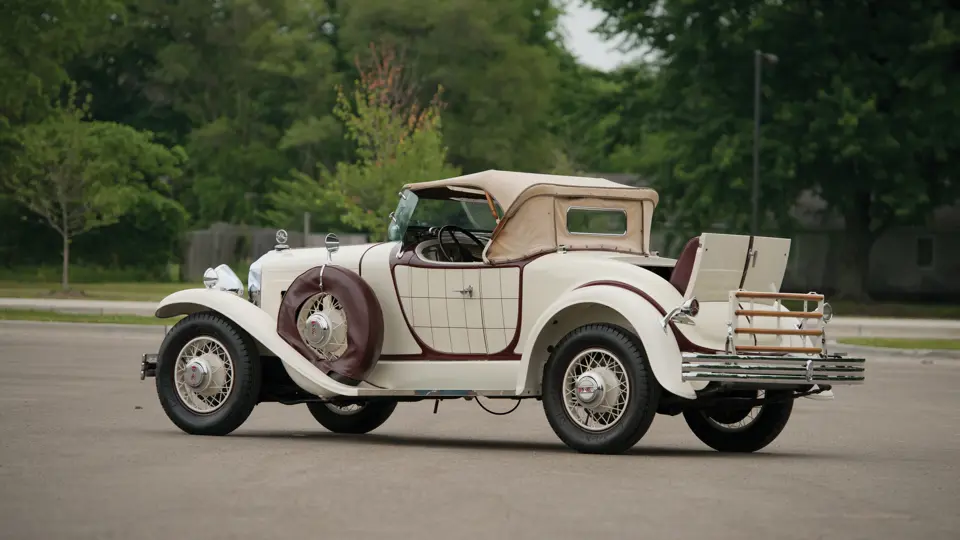



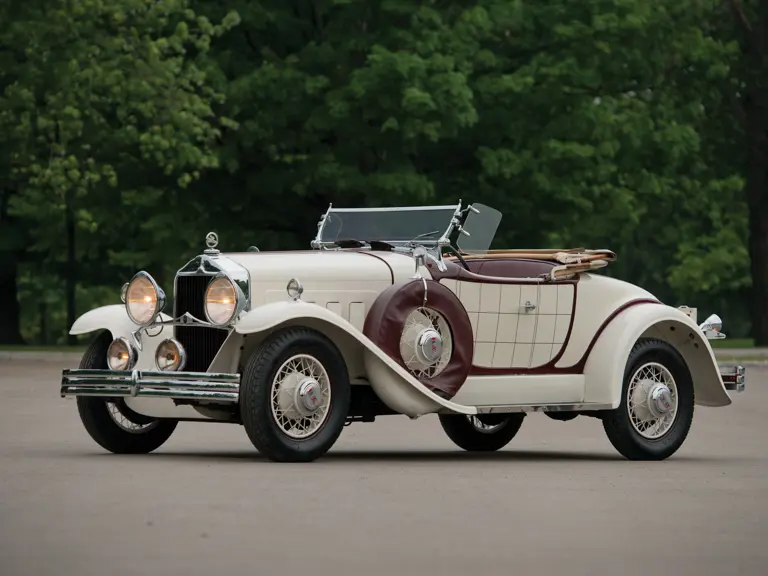
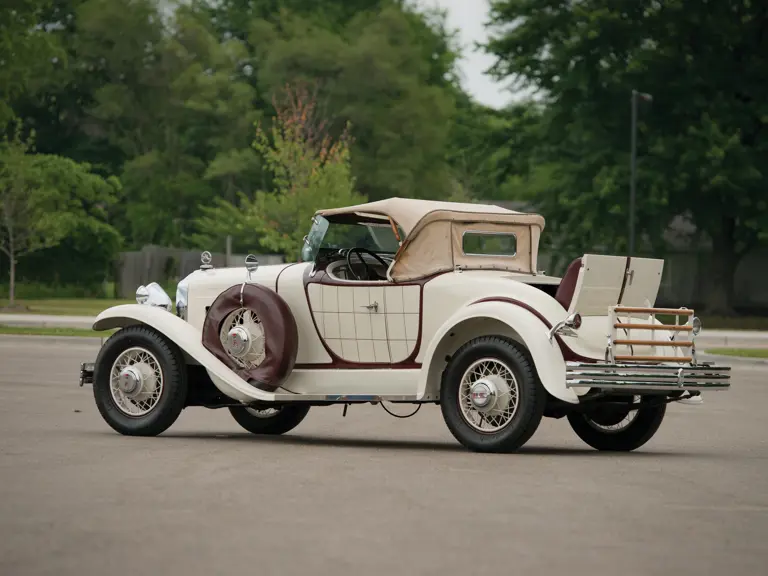

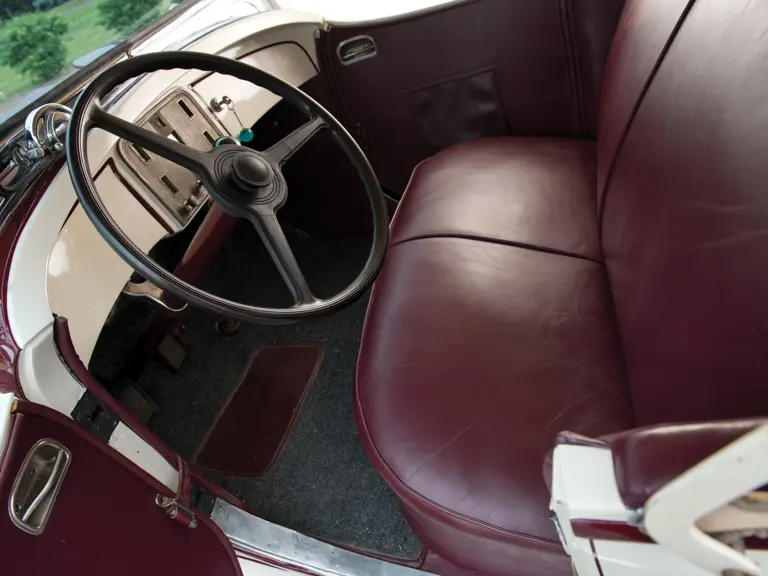

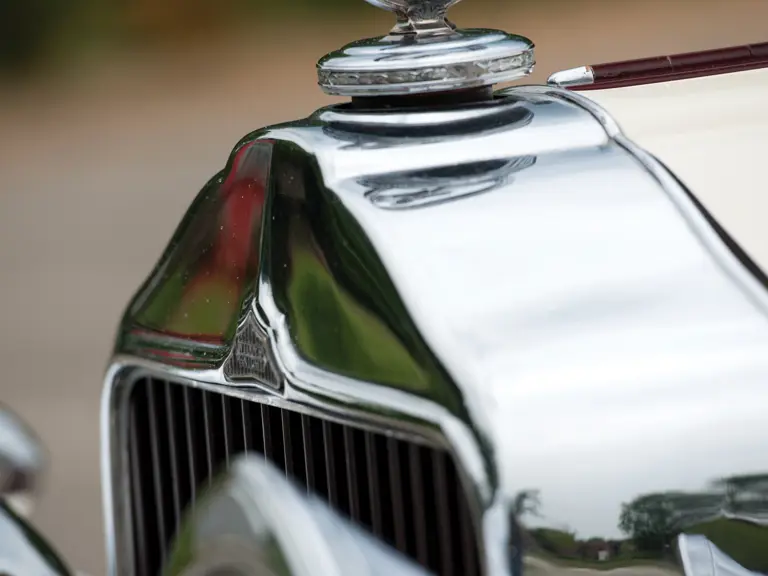
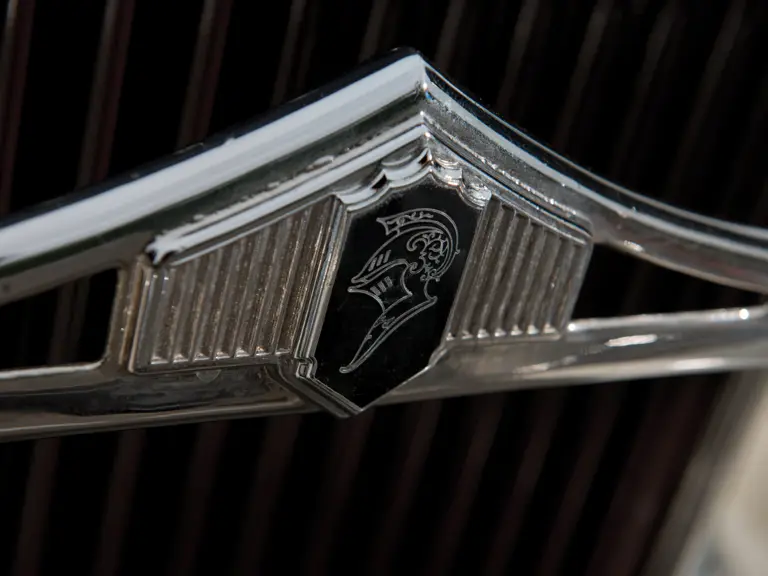
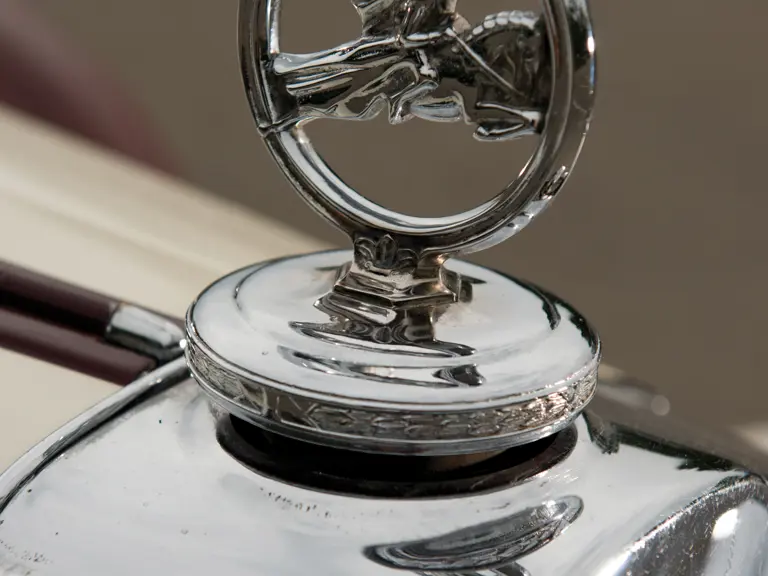
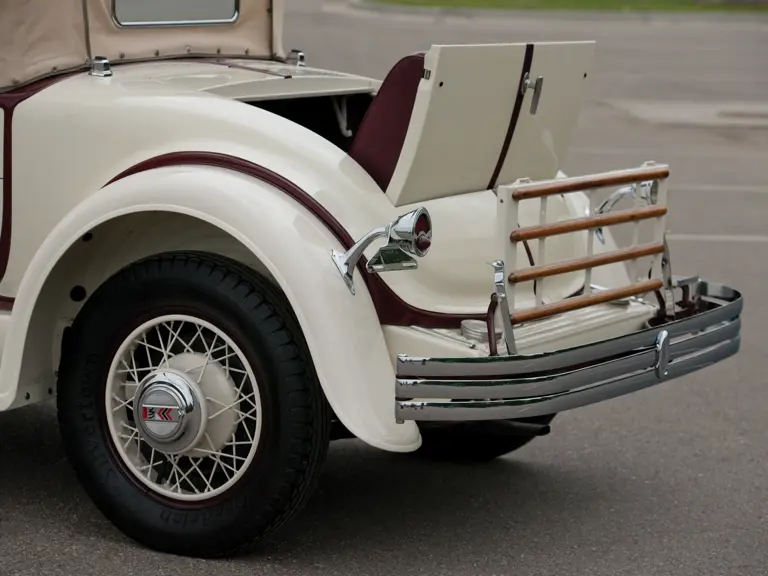
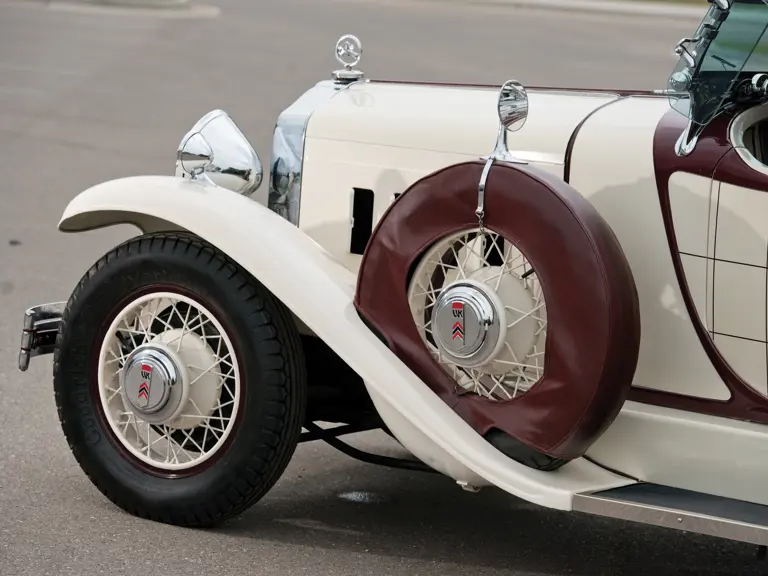
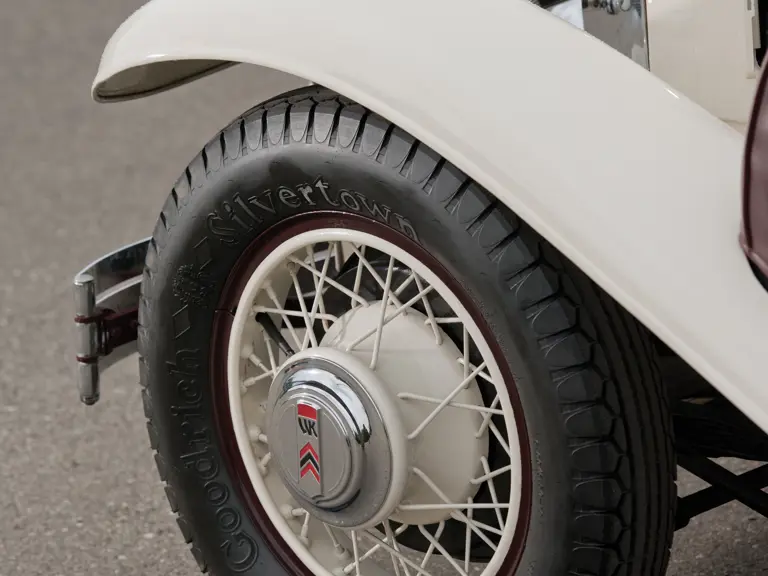



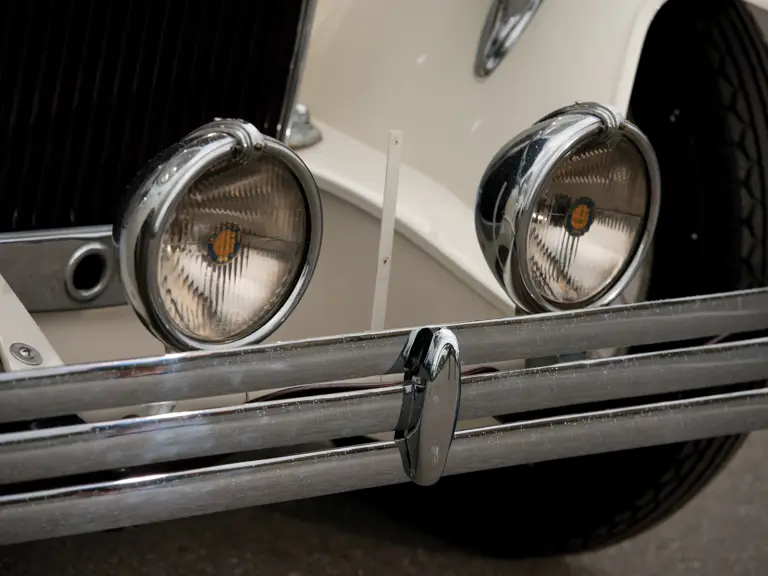
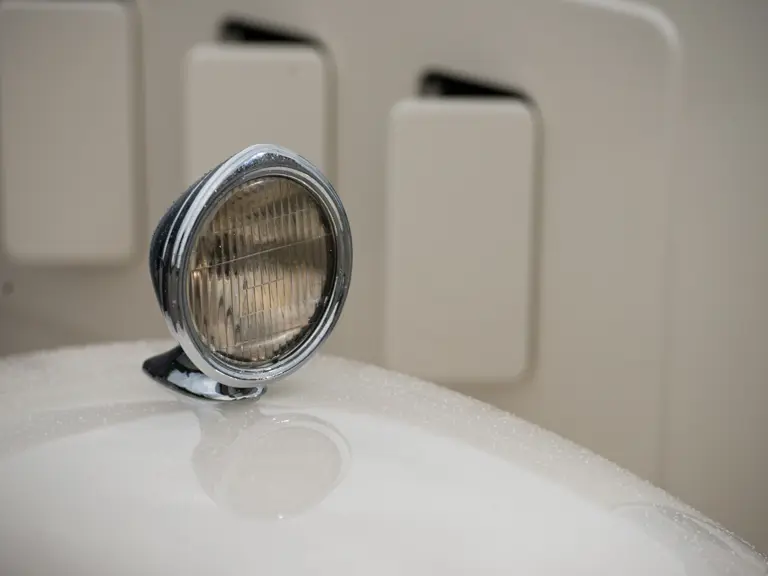
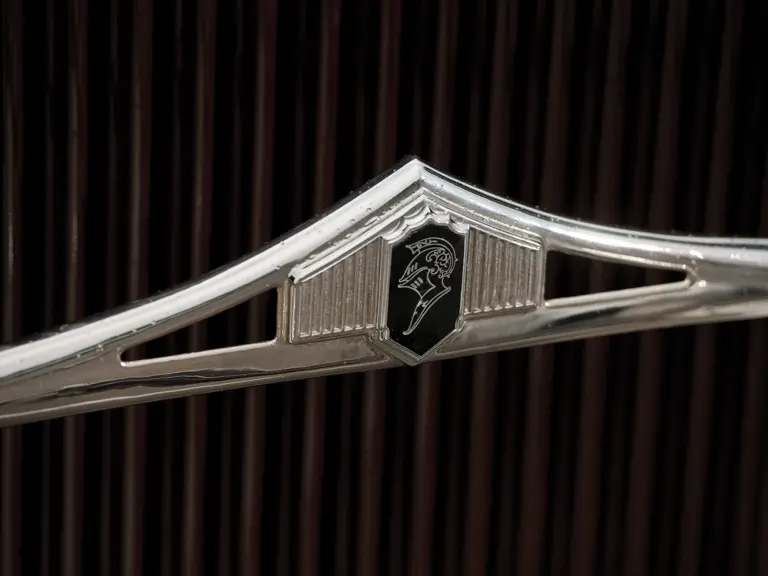

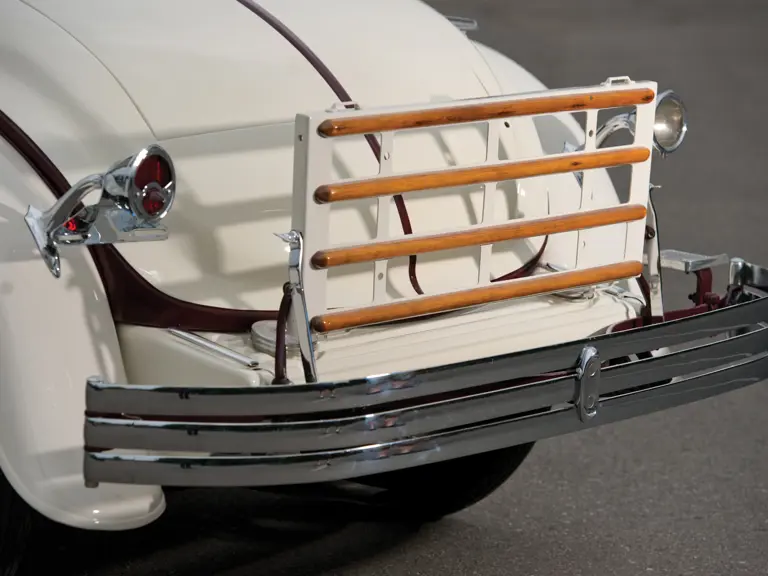
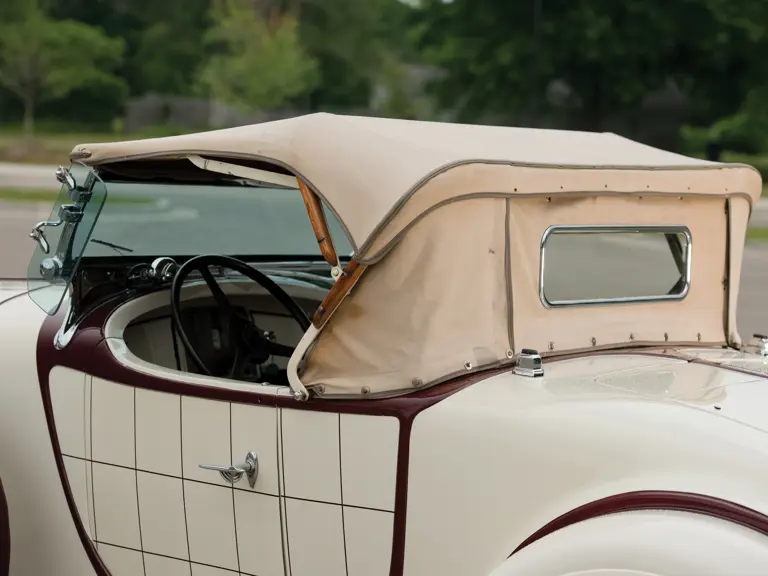

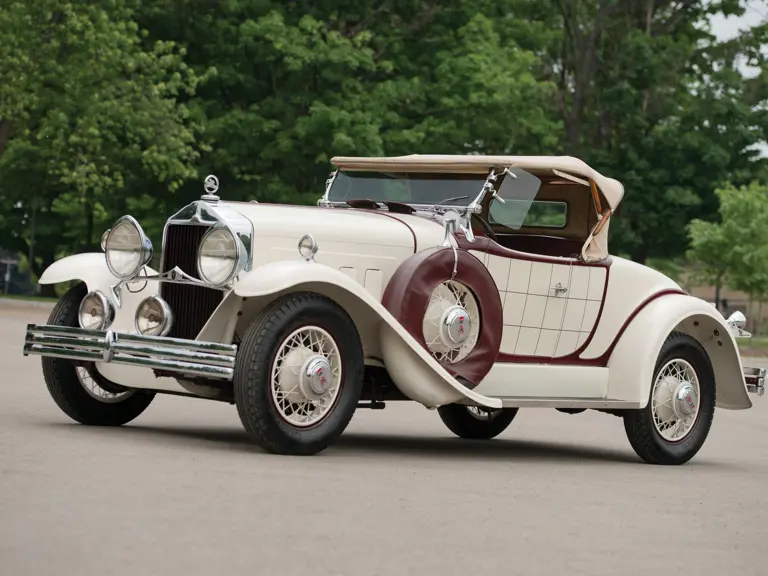
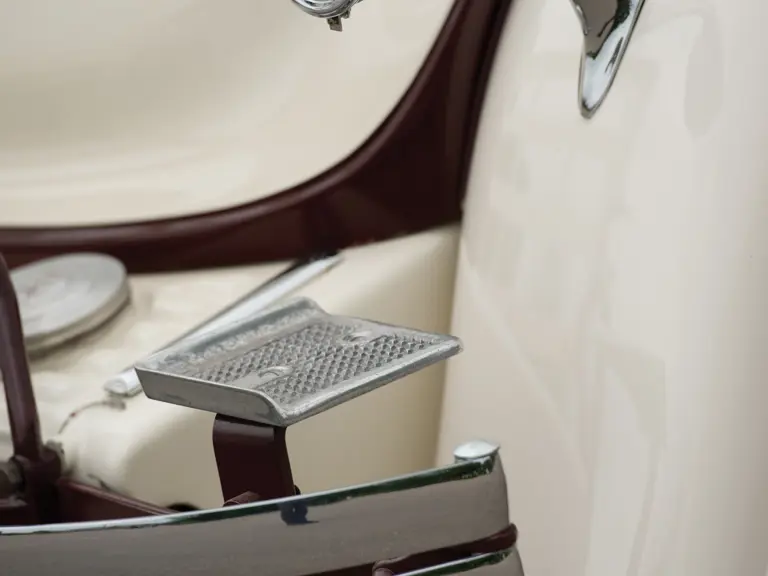
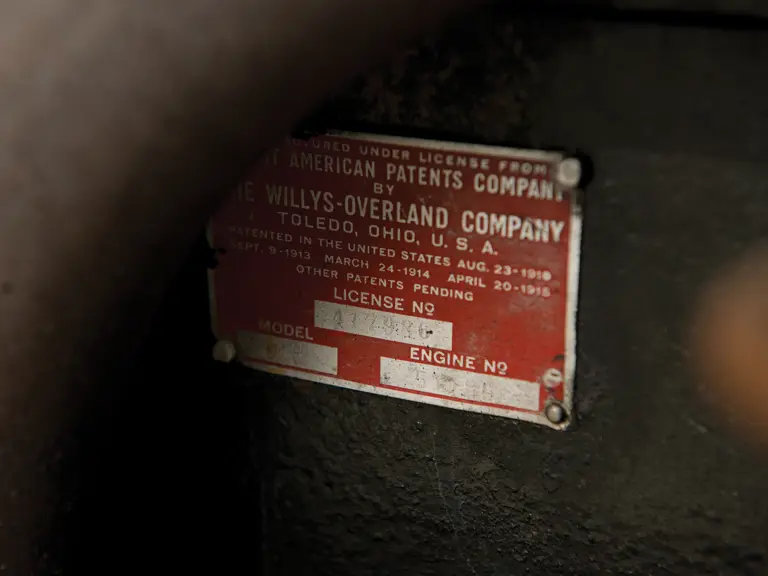
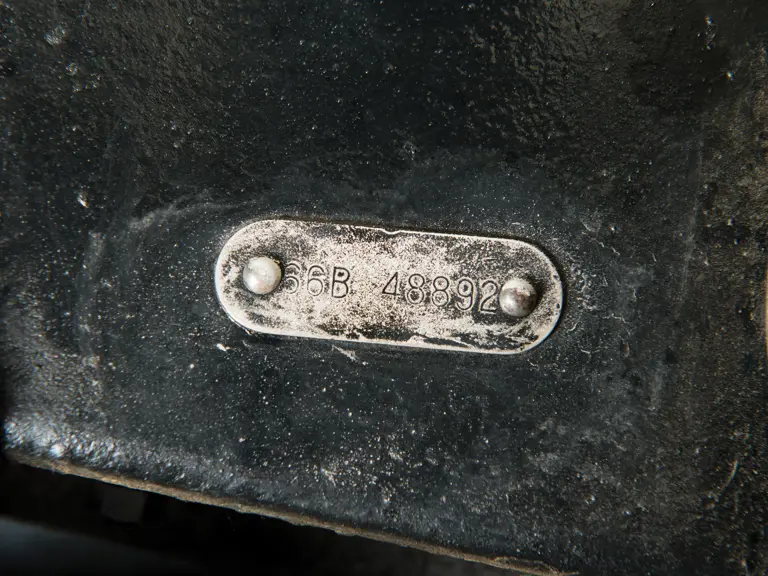
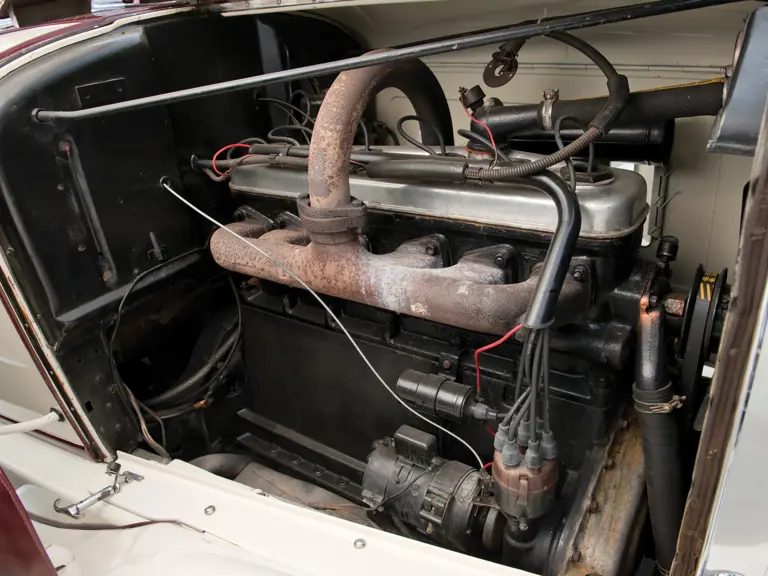
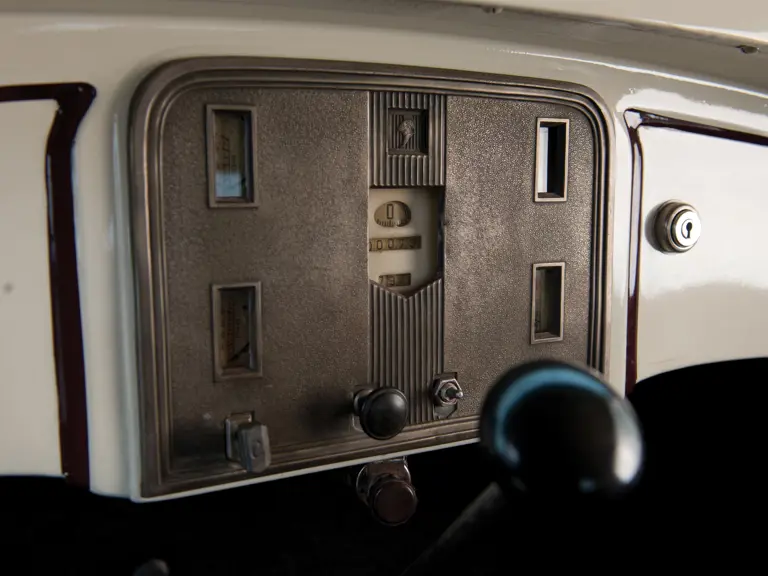
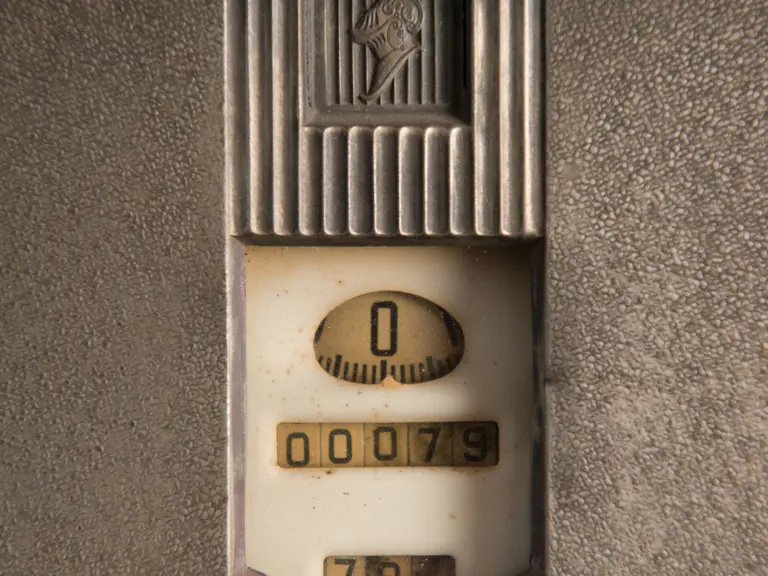
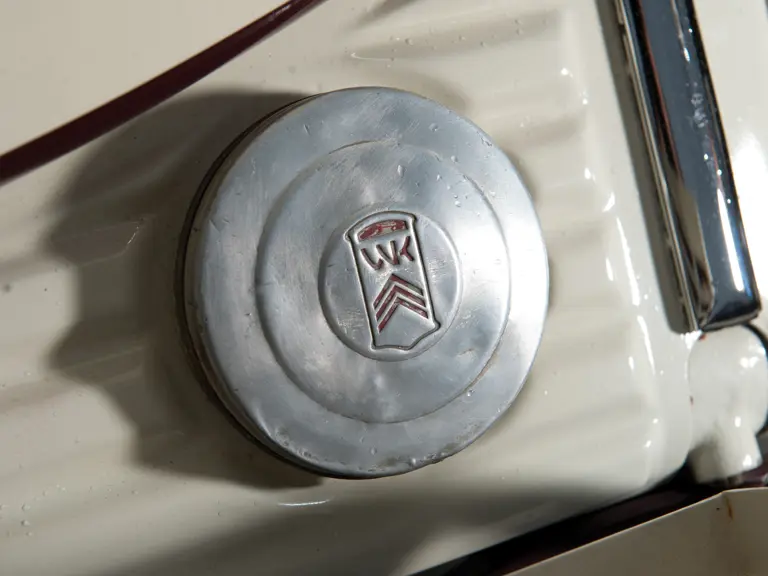
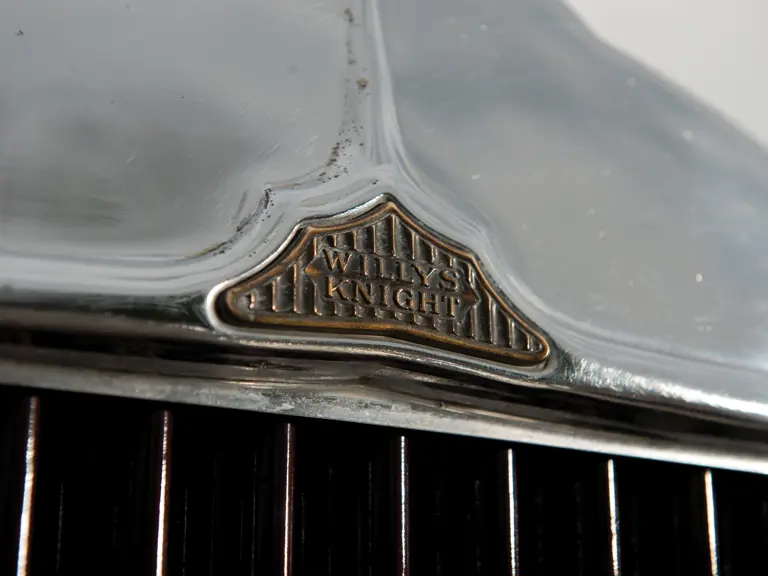
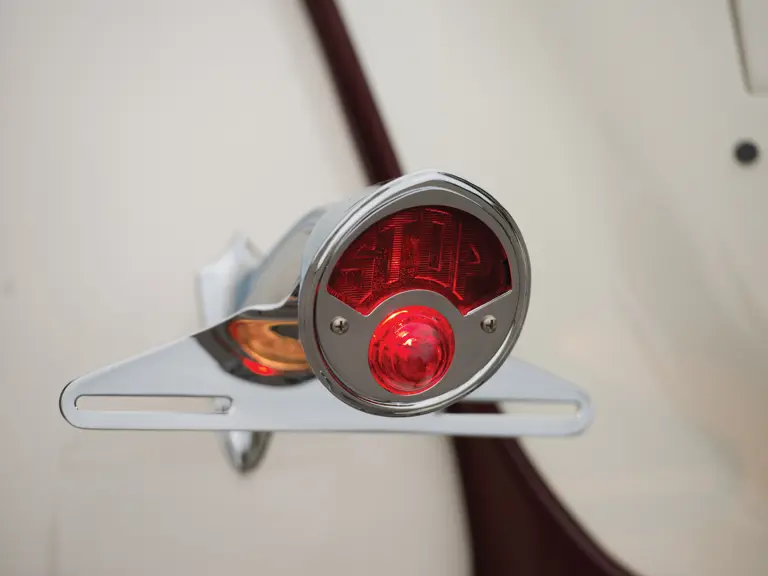
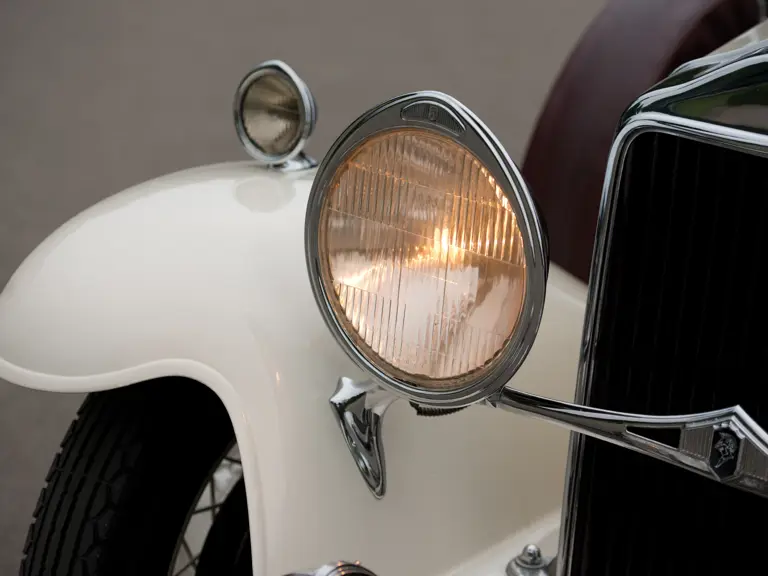

 | Plymouth, Michigan
| Plymouth, Michigan
